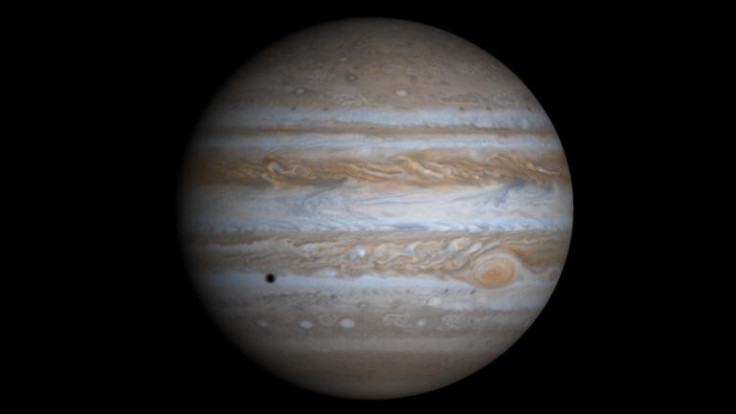NASA: Vast Ocean On Jupiter Moon ‘Could Support Life’

A body of water as big as North America's Great Lakes on Jupiter's moon Europa may provide a habitat for life, scientists believe.
The salty "lake" is thought to be contained below several kilometres of ice from the surface of the moon. The discovery was made by NASA's Galileo spacecraft.
The data collected Galileo suggests there is an exchange between Europa's icy shell and the body of water beneath. The terrain above the lake in Europa's Thera Macula region appear to be marked by a fractured and collapsing "lid" of floating ice.
Scientists believe that this is one of the best hopes yet of finding life beyond Earth.
"One opinion in the scientific community has been if the ice shell is thick, that's bad for biology. That might mean the surface isn't communicating with the underlying ocean," said Britney Schmidt, lead author of the paper and postdoctoral fellow at the Institute for Geophysics, University of Texas at Austin.
"Now, we see evidence that it's a thick ice shell that can mix vigorously and new evidence for giant shallow lakes. That could make Europa and its ocean more habitable."
The ocean is big enough to cover the whole surface of Europa and may contain more water than all of Earth's oceans combined. Being so far from the sun means the surface has completely frozen over. Scientists this that the ice crust could be tens of miles thick.
"The data opens up some compelling possibilities," said Mary Voytek, director of NASA's Astrobiology Program at agency headquarters in Washington. "However, scientists worldwide will want to take a close look at this analysis and review the data before we can fully appreciate the implication of these results."
NASA is now considering sending a spacecraft to Europa to orbit the moon and probe beneath the moon's surface with specialist equipment to verify the existence of the lake. The estimated cost of this will cost $4.6 billion.
The Juno spacecraft, which should arrive at Jupiter in 2016, will not focus on Jupiter's moons and instead will study the gas giant's composition and magnetic field.
The research was published in the journal Nature.
© Copyright IBTimes 2025. All rights reserved.






















